
200 year old cycad tree of Phu Nhuan communal house, Phu Nhuan commune, Ben Tre city.
According to heritage records, although the exact time when the cycad tree appeared in Phu Nhuan communal house has not been determined, according to the elders in the area, when Phu Nhuan communal house was first restored in 1911, the cycad tree was already in the communal house grounds. At that time, the cycad tree was over 100 years old. Because the tree is tall, has a large and sturdy trunk, and can withstand storms. According to teacher Huong Le Chung Van Bon (born in 1905), "When I grew up, I saw the tree."
In addition, through comparison with the age of cycads in other localities such as Pleiku City, Krong Pa District, Gia Lai Province and Cai Be District, Tien Giang Province, as well as the method of calculating the age of the tree, consulting opinions of botanist experts from Ho Chi Minh City University of Agriculture and Forestry, it can be determined that the Phu Nhuan temple cycad is about 200 years old.
Currently, the tree is 6m high, with a canopy of 6m. The circumference of the trunk at a height of 1.3m above the ground is 3.2m, with a diameter of 1.4m. The tree stands, from the base to 2m high, there is only one trunk, from 2m and up the tree divides into 2 branches, from these 2 branches divide into 10 tips, each branch has a circumference of 0.5 - 0.8m. Currently, the tree is growing well, free of pests, parasitic plants or parasitic fungi. In particular, the tree has the ability to resist diseases during growth, no pests or mealybugs have been detected. The cycad tree blooms every year in the spring, contributing to creating a particularly sacred landscape for Phu Nhuan communal house.
Phu Nhuan communal house is also a communal house with a history of over a hundred years in Ben Tre City. The communal house is located on a campus with a total area of 20,436.3m2 , construction area of 432m2 . This land was donated by Mr. Huong Chanh Tung to establish the communal house.
According to the elders, when the main communal house was renovated, the columns, rafters, beams, crossbeams, and ap qua were used to build the Tien Su temple. When it was inaugurated, the villagers offered many horizontal lacquered boards that the communal house still preserves today. In the main hall of the communal house, there is a horizontal lacquered board in Chinese characters with the content "Phu Nhuan linh tu", read from right to left with the inscription: Tan Hoi nien, quy xuan, cat tao, meaning "Phu Nhuan sacred temple and this horizontal lacquered board were built on a good day, March, Tan Hoi year" (1911). Perhaps this is the date when the communal house was renovated, and the construction time was before that. Phu Nhuan communal house worships the local God Hoang, although it does not have a royal decree, it is very sacred and is trusted by the people. Every year, the communal house has two main worship ceremonies in March and November of the lunar calendar.
The architecture of the communal house is traditional architecture built in the shape of the letter "Nhất", with wooden columns, beams, rafters, purlins, and batten, a roof covered with yin-yang tiles, a floor paved with patterned tiles and cement, brick walls, and decorations on the roof of two dragons fighting for a pearl, a fish transforming into a dragon, a unicorn... made of enameled ceramic. Phu Nhuan communal house still retains its ancient architecture relatively intact. The horizontal lacquered boards, panels, and parallel sentences in Chinese characters of the communal house are very valuable in terms of history, culture, and architecture. During the two resistance wars against French colonialism and American imperialism, Phu Nhuan communal house was a meeting place for revolutionaries and people.
The recognition of the Phu Nhuan communal house cycad tree as a heritage tree will create conditions for the preservation, restoration and promotion of the provincial relic value of Phu Nhuan communal house. Thereby, contributing to the education of present and future generations, praising and honoring the ancestors who had the merit of reclaiming this land.
| Thus, from now on, along with the white mai tree at Phu Tu communal house (Phu Hung commune), Ben Tre city has another heritage tree, the Cycad tree at Phu Nhuan communal house. The two heritage trees associated with two communal houses with beautiful architecture and local traditional stories have created more tourist attractions for Ben Tre city, serving domestic and foreign tourists, contributing to the sustainable tourism development of the province. |
Article and photos: Hanh Linh
Source: https://baodongkhoi.vn/van-hoa/doi-song/cay-thien-tue-tram-tuoi-o-dinh-phu-nhuan-a140884.html




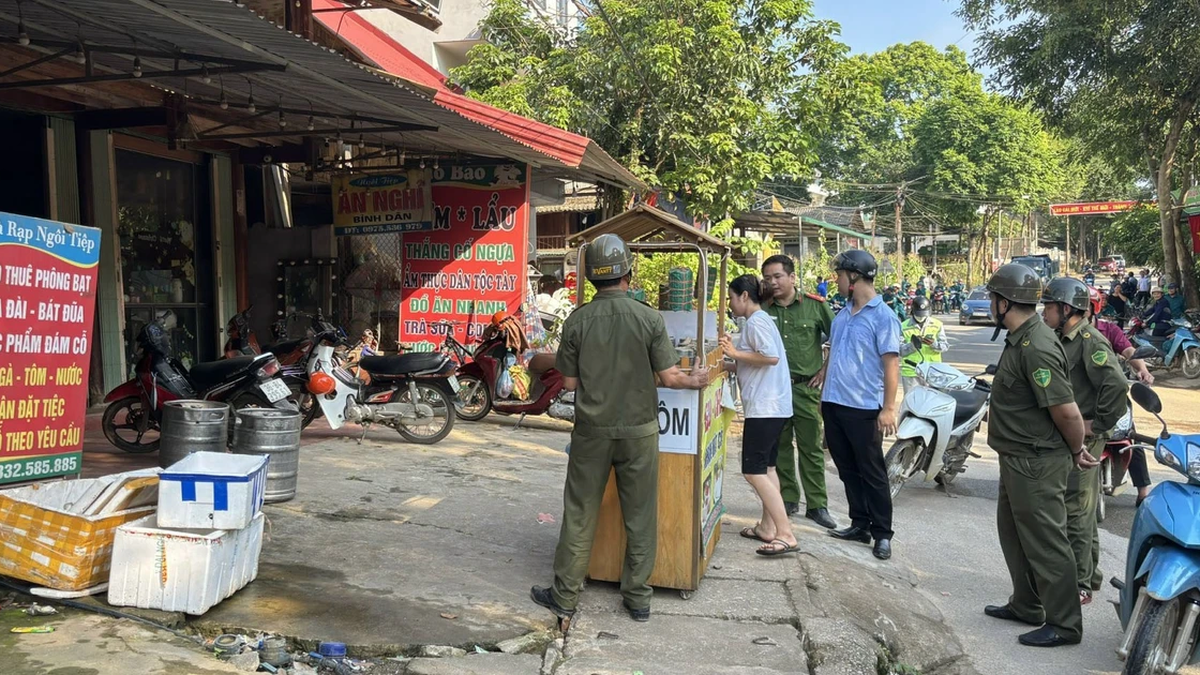
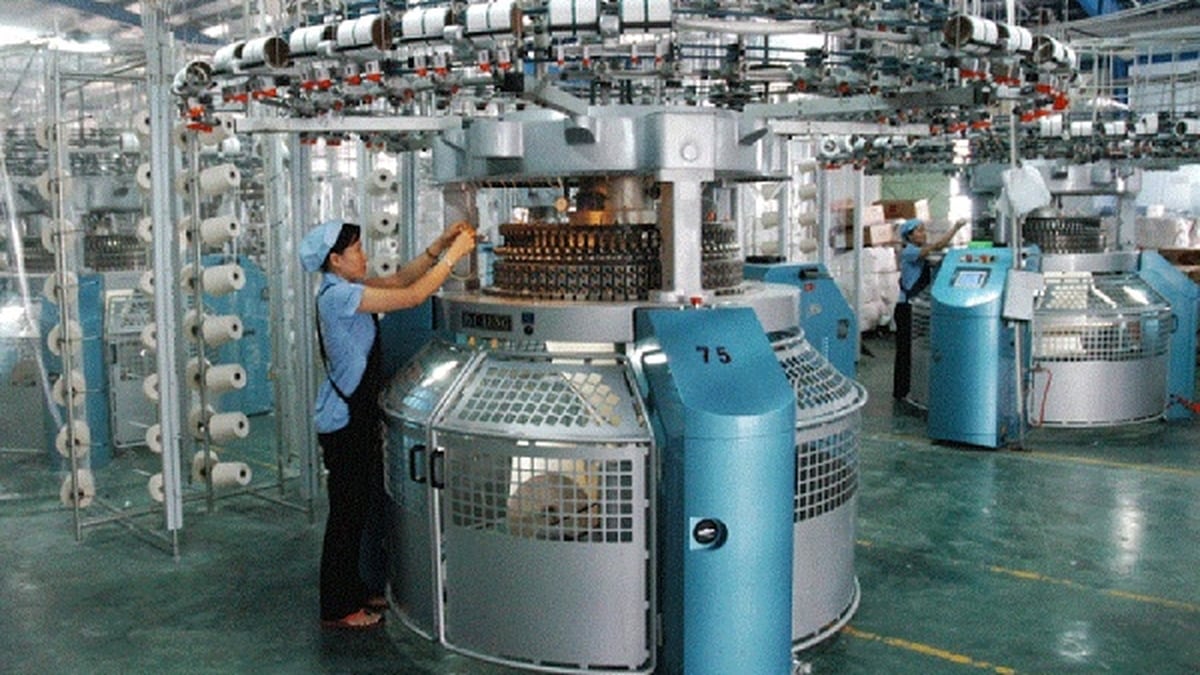


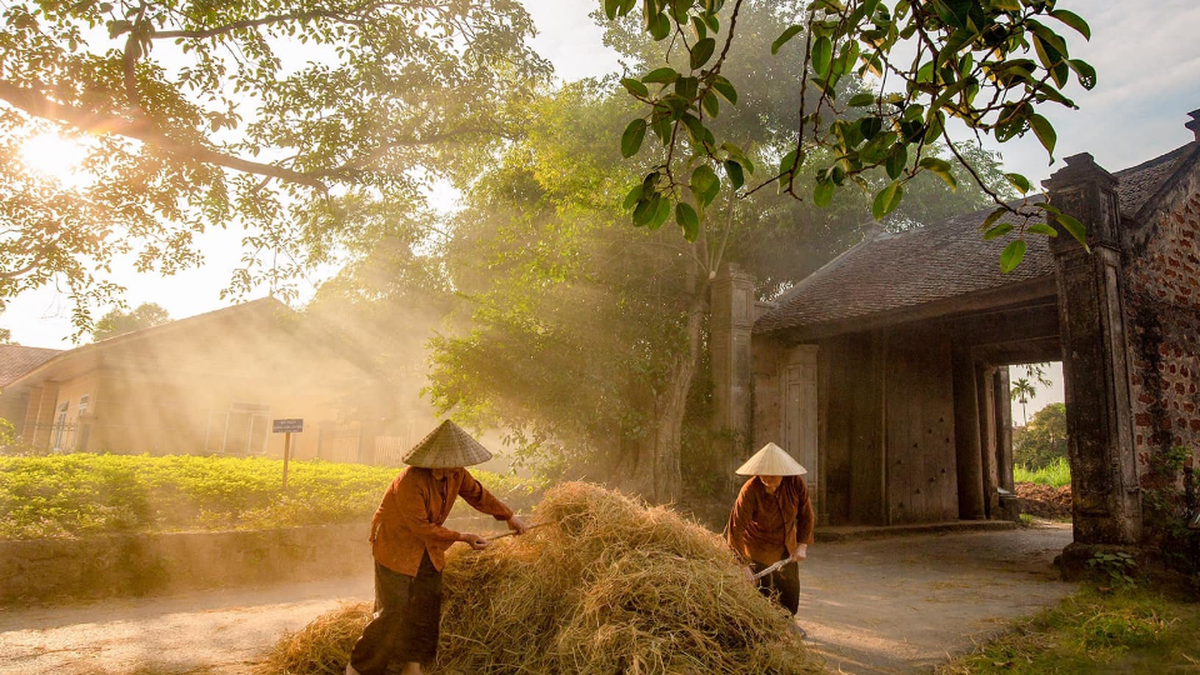
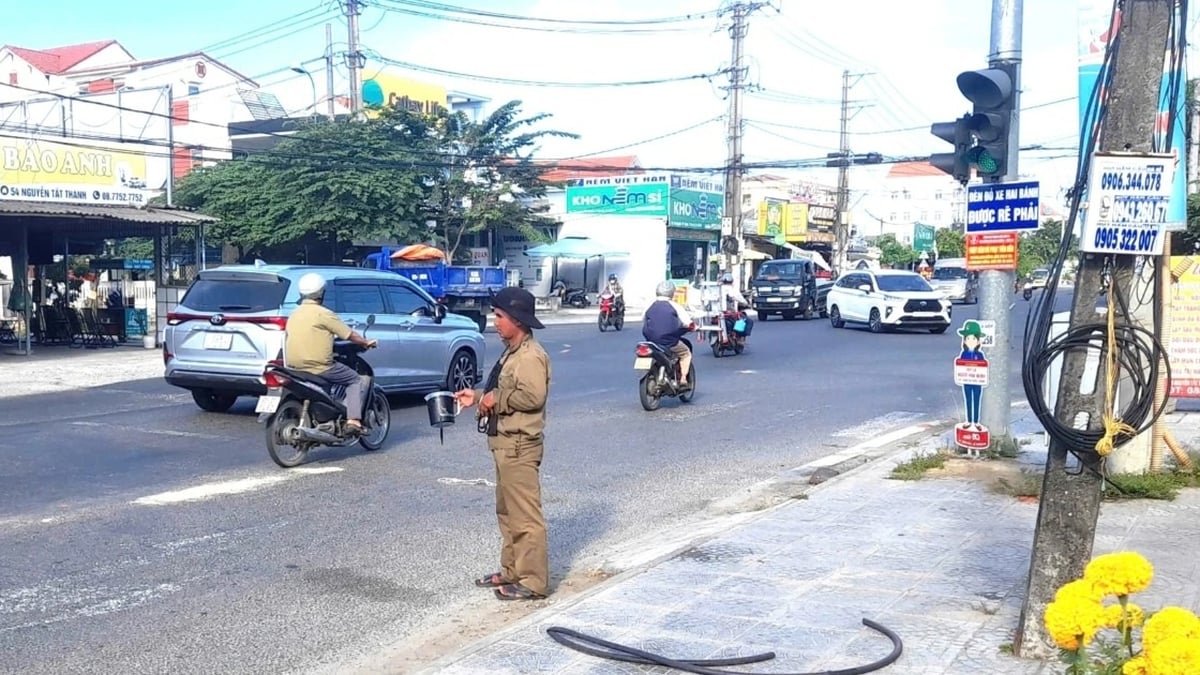


















![[Photo] National Assembly Chairman attends the seminar "Building and operating an international financial center and recommendations for Vietnam"](https://vphoto.vietnam.vn/thumb/1200x675/vietnam/resource/IMAGE/2025/7/28/76393436936e457db31ec84433289f72)









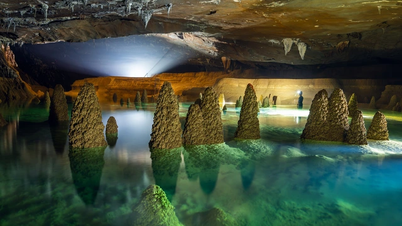

























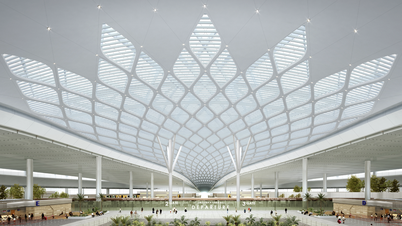


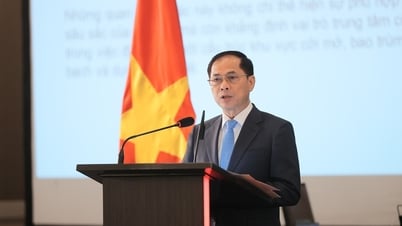

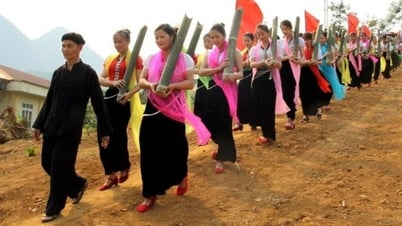

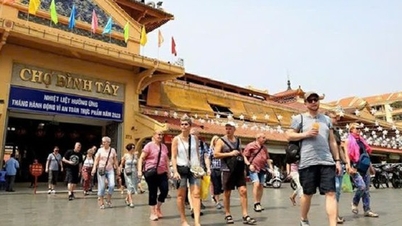
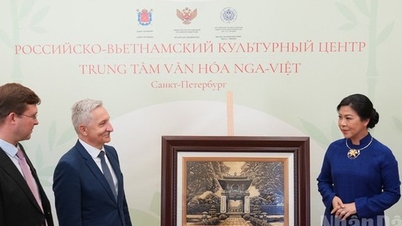
























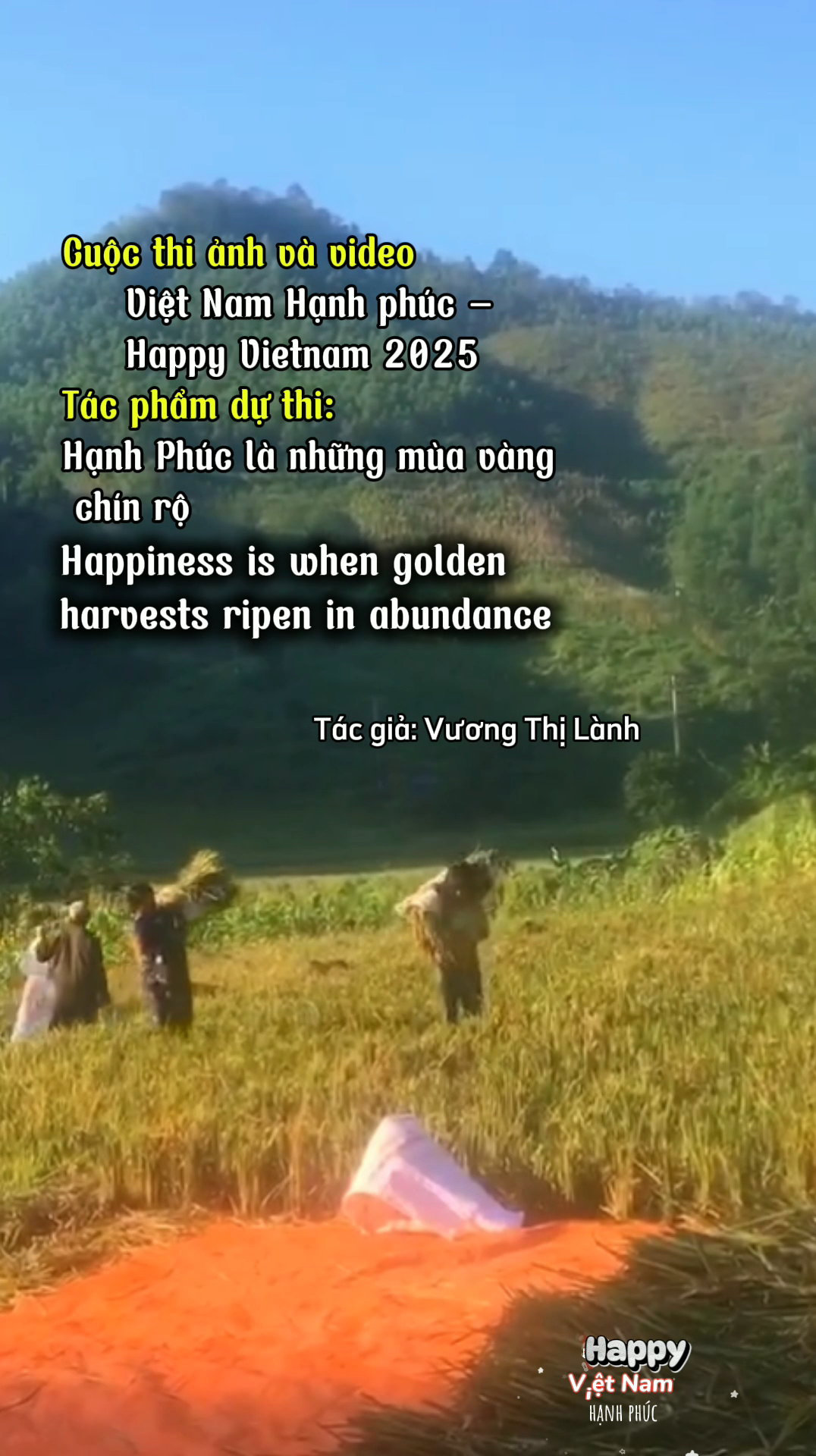
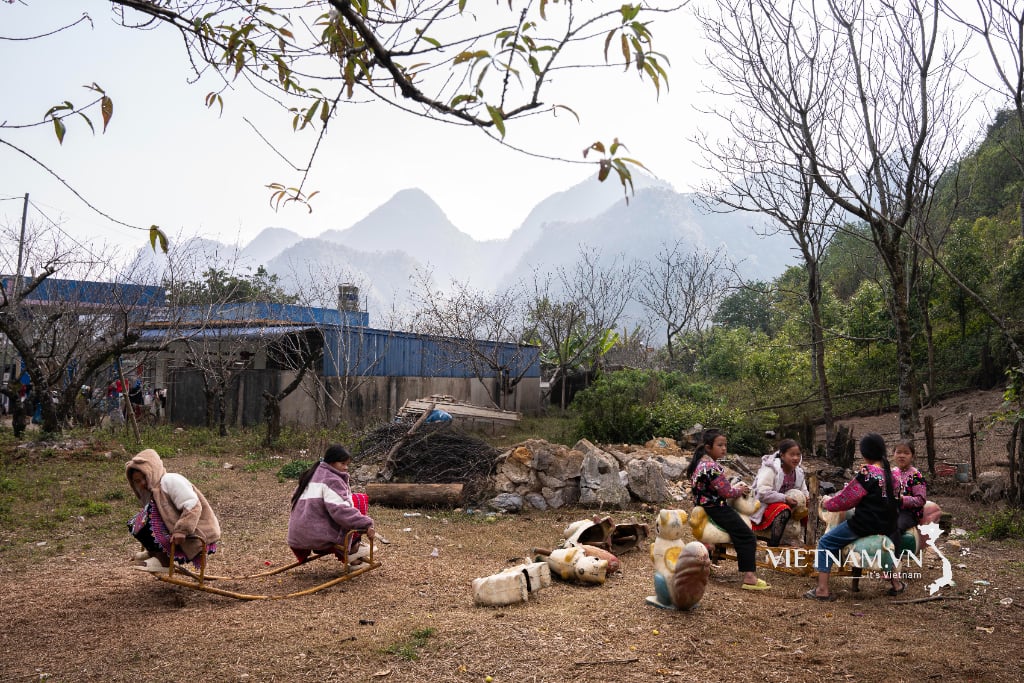
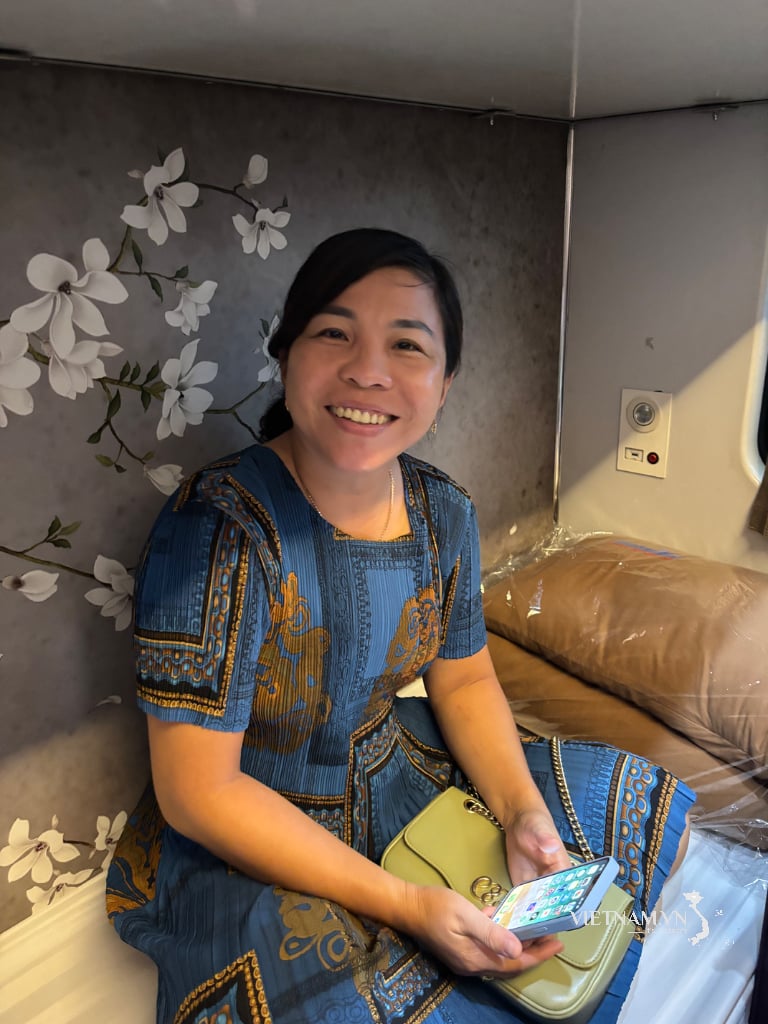
Comment (0)